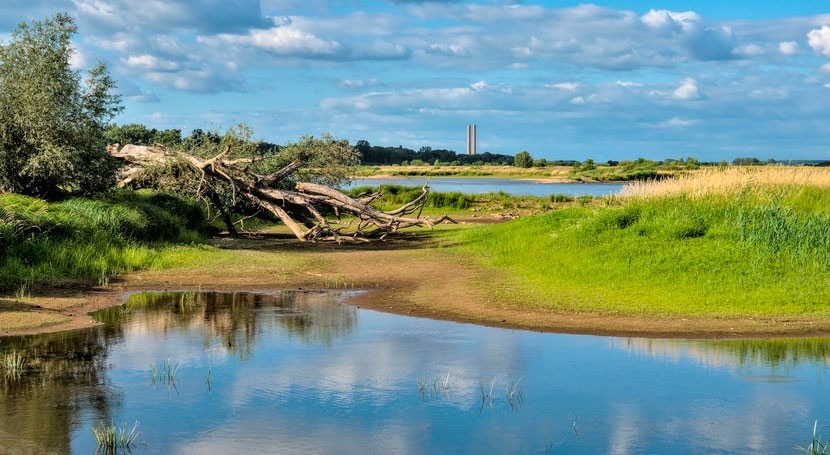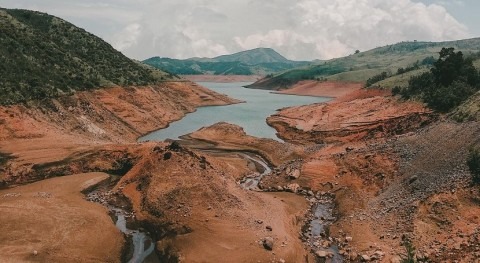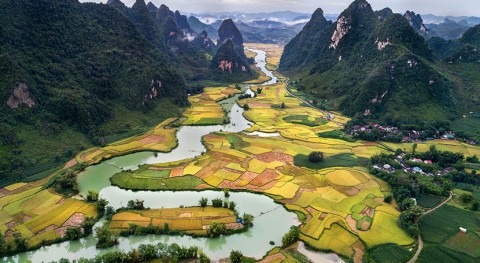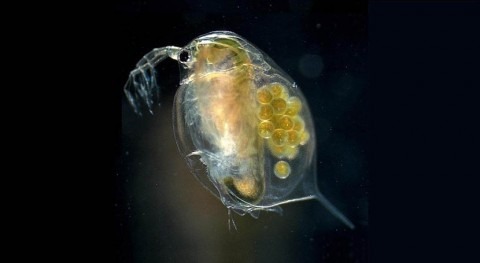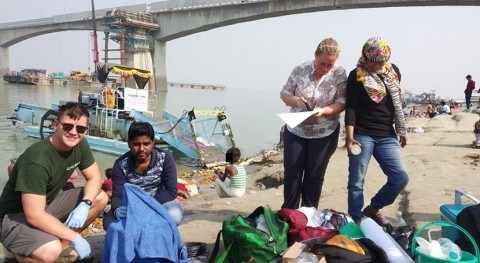Drought, due to climate change and human impact, is an increasing threat to ecosystems worldwide. The need to understand and prepare for inevitable changes to our global water cycle has never been more urgent, say scientists.
In a special edition of the journal Ecohydrology, the international editorial team - from the Universities of Birmingham(UK) , Bonn (Germany) and New Brunswick (Canada) and CSIRO (Australia) - underscore the importance of water to all ecosystems and the potential devastating and far-reaching impacts of drought.
“The complexity and interconnectedness of our global ecosystems means that different ecosystems are affected by – and respond to – drought in different ways,” said David Hannah, Professor of Hydrology at the University of Birmingham and co-author on the preface. “If we are to respond and adapt effectively, we need to take rapid action to better understand the interacting processes that control ecohydrological drought.”
"We lack a holistic view of the impacts, and the chains of events these impacts can set in motion”
With mounting evidence that climate change is causing more severe droughts worldwide, the researchers warn that the impact of these could lead to ‘transformative droughts’ – irreversible effects on the structure and function of ecosystems. These effects can be worsened by human activities such as diverting rivers, building projects and other land-use changes and pollution.
“While we know already that human activity is degrading water-dependent ecosystems, we lack a holistic view of the impacts, and the chains of events these impacts can set in motion,” added Professor Hannah.
Other papers in the special issue illustrate the potential scale of the challenge, from breeding patterns of the foothill yellow-legged frog in California, USA, to large scale ecosystem changes in China over a 17-year period.
“It’s clear that we need to harness new approaches to measurement, including more widespread use of sensor technologies and newly developed statistical and modelling methods, as well as taking advantage of historical data to understand drought and put it in an ecohydrological context,” said Julian Klaus, Professor of Geography at the University of Bonn.
“We also must tackle this challenge across scales, from the local to the inter-continental, so we can start to really understand the breadth and interconnectedness of hydrological systems and ecosystems in the context of climate change. This is the only way we can plan effectively for future ecosystem stability.”
The editors of the special edition stress the need for a revised ecohydrological perspective on drought to advance theory and practice around drought feedback and impacts on the environment and society, which considers the intertwined interconnections between climate-land-hydrology-ecology processes.


